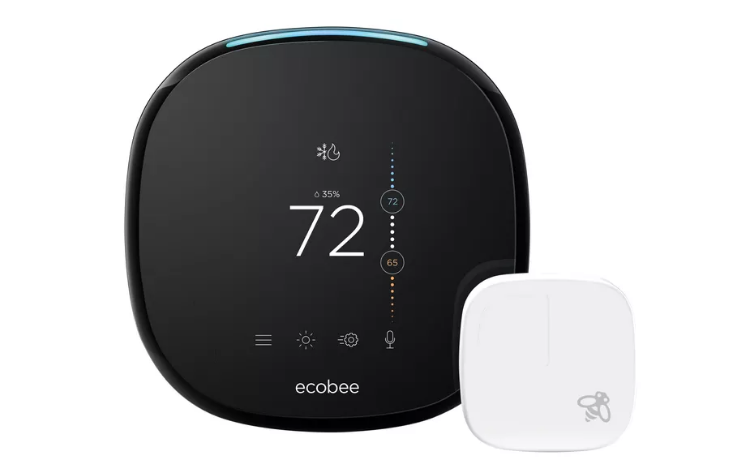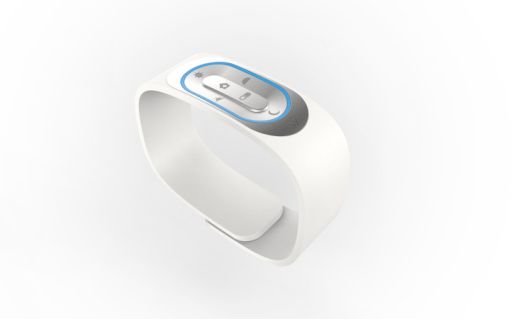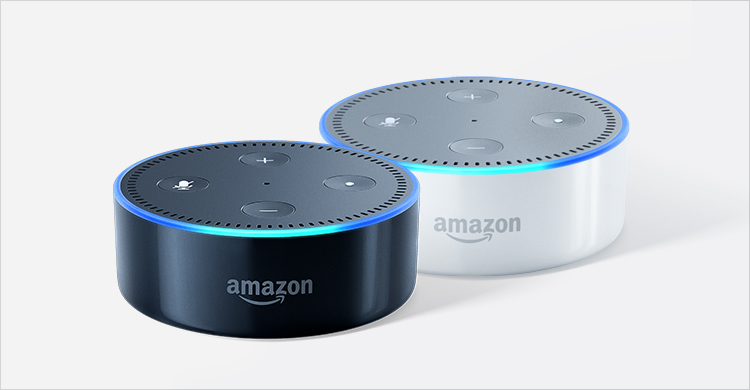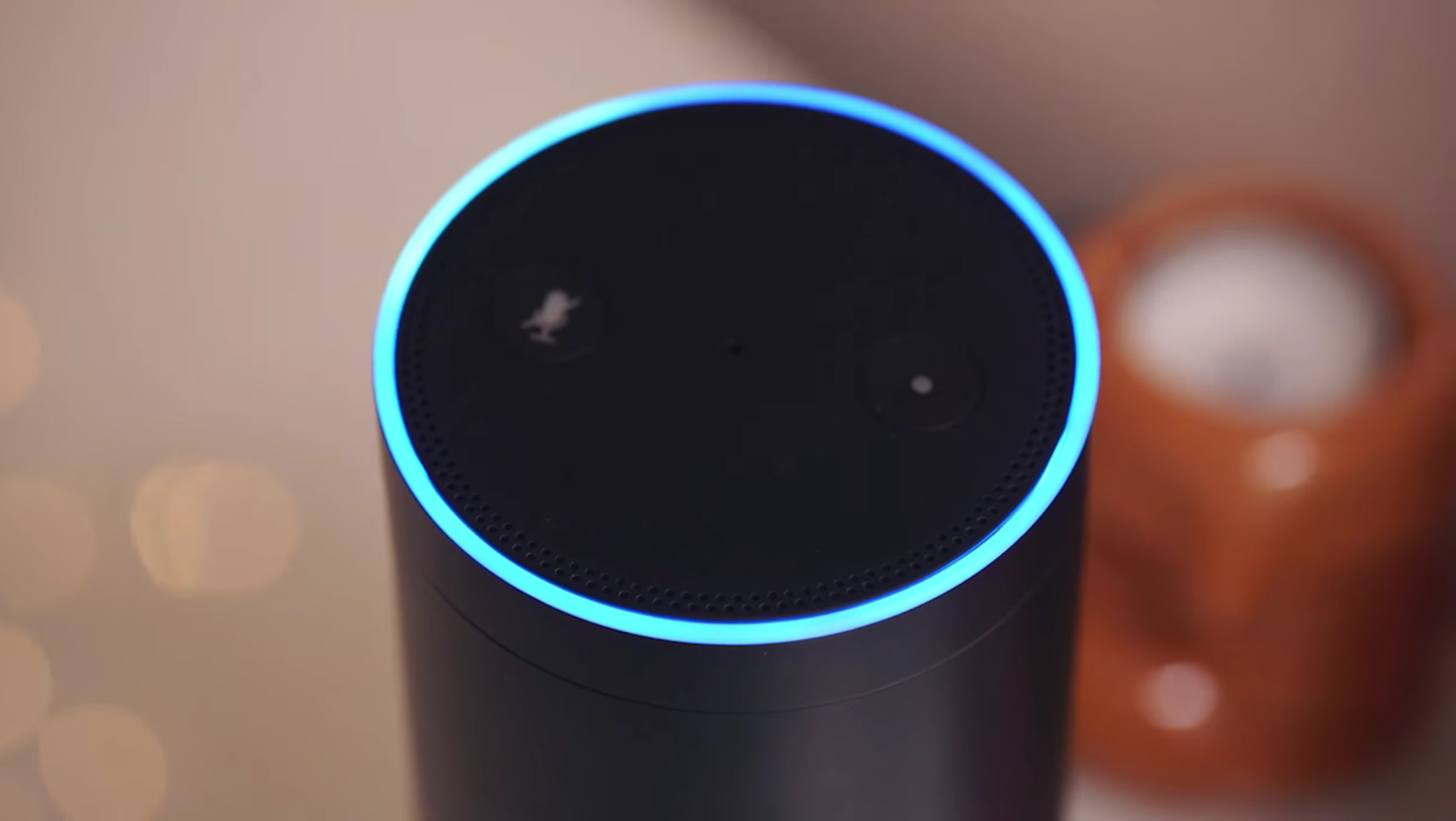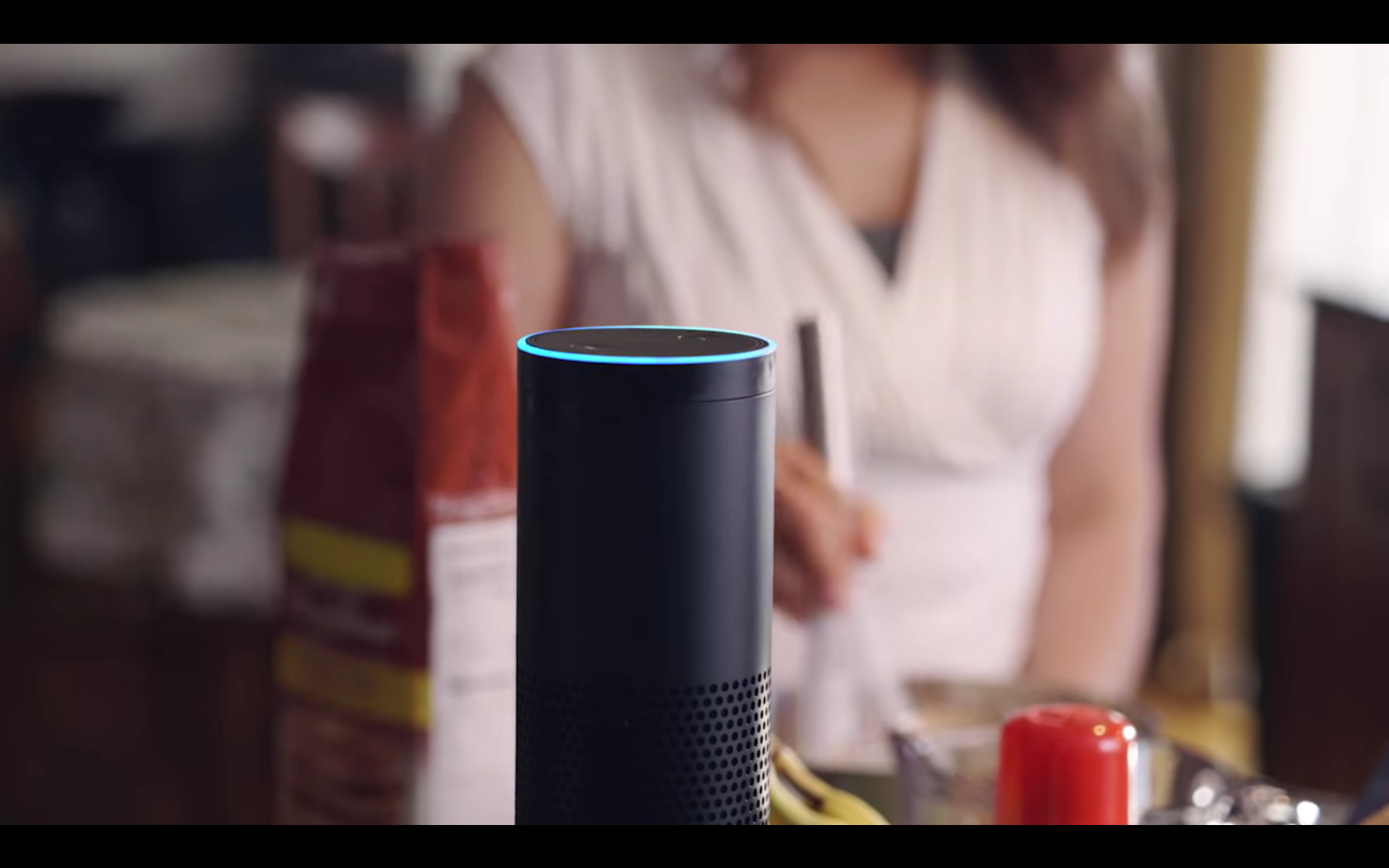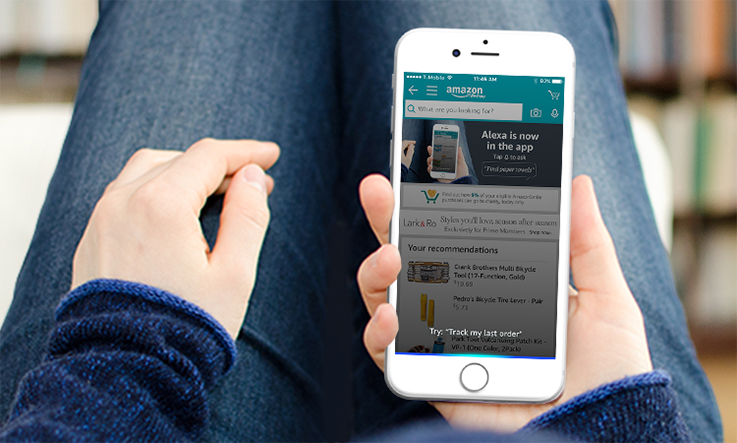What Happened
Alexa continues to infiltrate the smart home space as it becomes the go-to choice of voice assistant integration for many IoT device makers. Today, smart home device manufacturer Ecobee debuted a smart thermostat Ecobee4 that essentially doubles as a wall-mounted Echo Dot. Besides allowing users to control the room temperature via voice command, it also enables users to access over 10,000 third-party skills. In addition, Ecobee will also be integrating Alexa into a smart light switch coming later this year.
What Brands Need To Do
Connected home devices are estimated to ship over 1.8 billion units by 2019. As the availability of smart home devices rapidly grows, they emerge as a valuable platform for brands to reach consumers at home. As Amazon and the developer community continue to build out Alexa’s capabilities and make it more brand-friendly, brands would be smart to get on board with those devices via integrations or branded skills.
How We Can Help
The Lab has extensive experience in building Alexa Skills and chatbots to reach consumers on conversational interfaces. So much so that we’ve built a dedicated conversational practice called Dialogue. The “Miller Time” Alexa Skill we developed with Drizly for Miller Lite is a good example of how Dialogue can help brands build a conversational customer experience, supercharged by our stack of technology partners with best-in-class solutions and an insights engine that extracts business intelligence from conversational data.
If you’d like to learn more about how to effectively reach consumers on conversational interfaces, or to leverage the Lab’s expertise to take on related client opportunities within the IPG Mediabrands, please contact our Client Services Director Samantha Barrett ([email protected]) to schedule a visit to the Lab.
Source: The Verge
Header image courtesy of Ecobee
